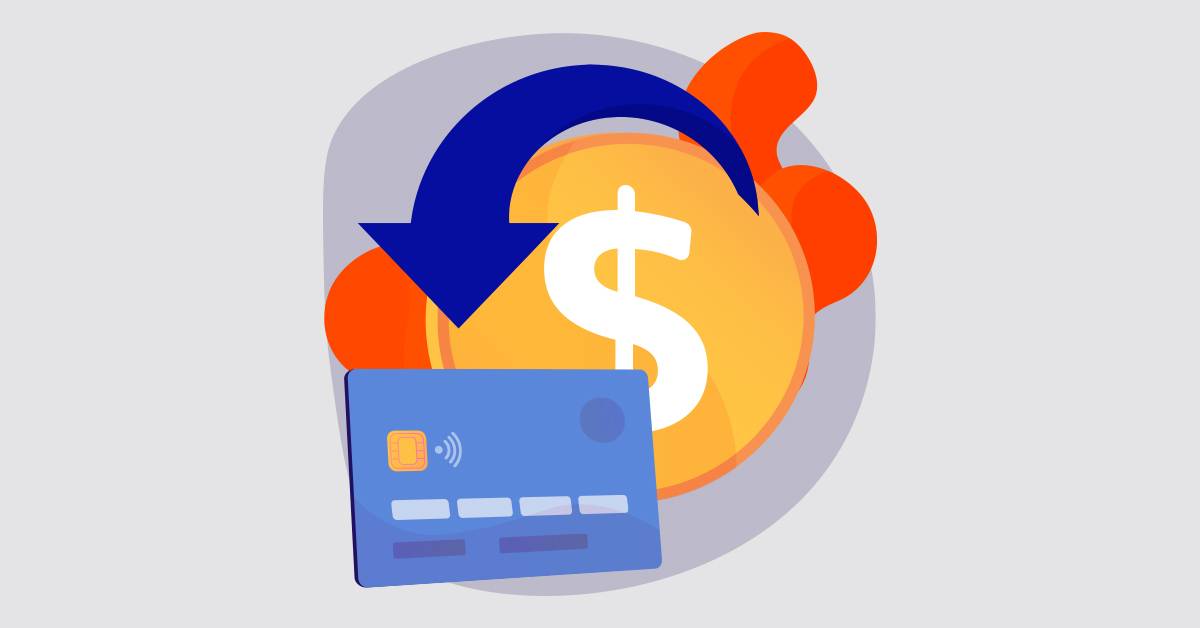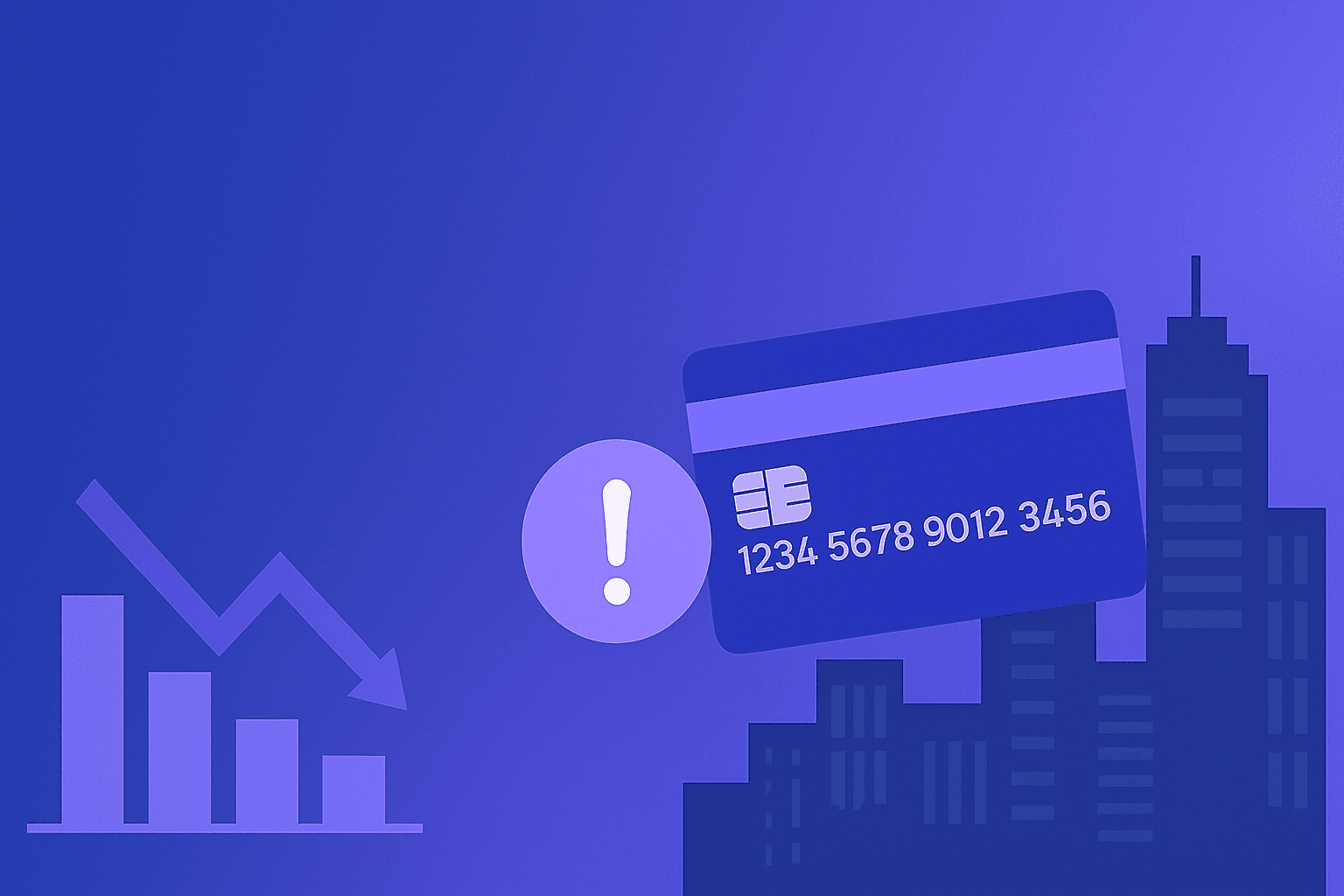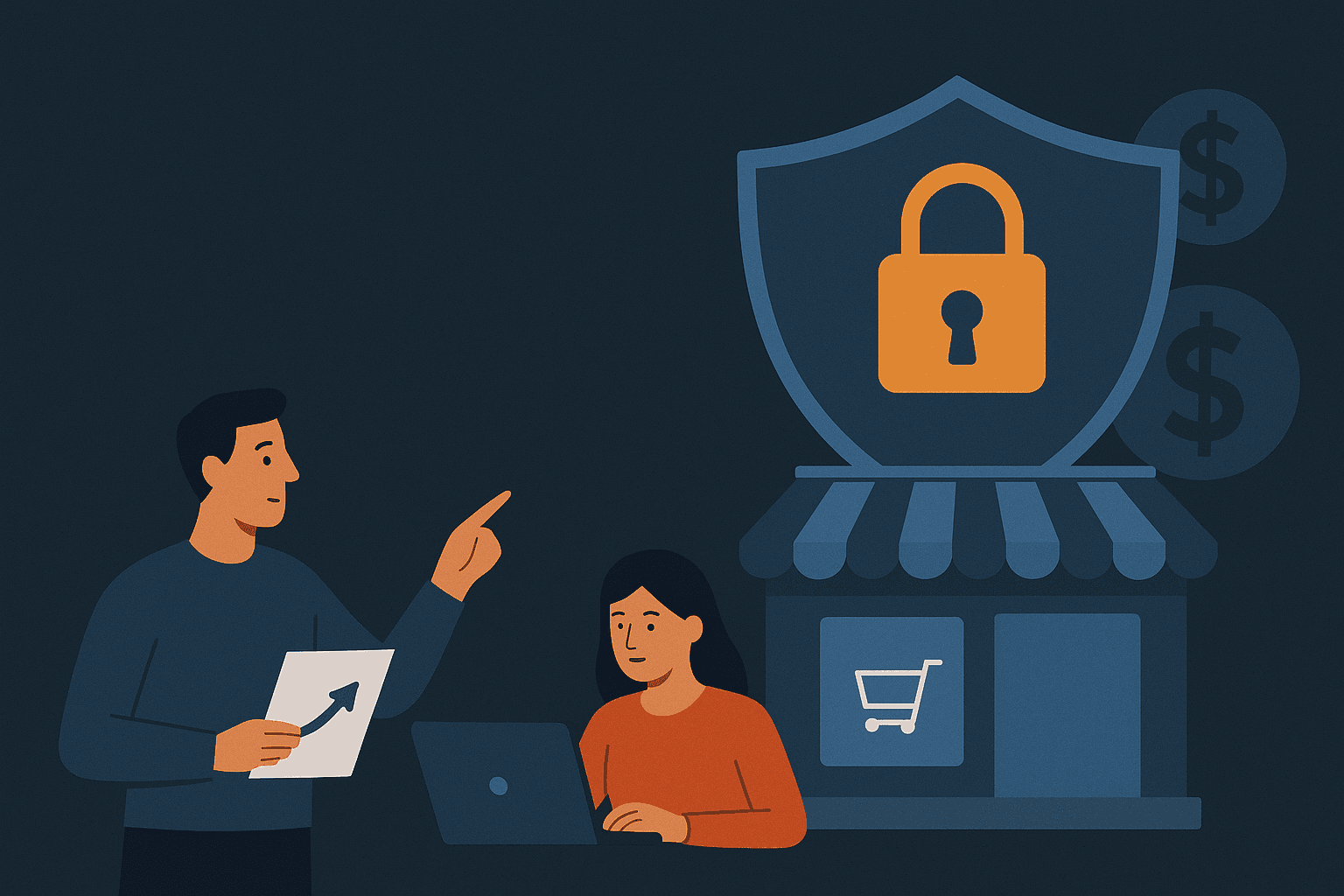How Visa and Mastercard can fine you for excessive chargebacks

SHARE ARTICLE
If your chargeback ratio exceeds the thresholds set by Visa or Mastercard, your business could face monitoring programs, monthly fines, or even losing your ability to process payments. Learn how to avoid it.
Most merchants already know that chargebacks are costly.
What many don’t realize is that if you exceed certain limits, card networks like Visa and Mastercard can penalize your business directly.
We’re not just talking about lost revenue or refunding a customer, we’re talking about monthly fines, stricter rules, and even processor bans.
In this article, we’ll explain:
-What thresholds Visa and Mastercard set
-How their monitoring programs work
-The real consequences for your business
-What you can do to avoid ending up on their radarWhat is a chargeback monitoring program?
Both Visa and Mastercard have formal programs to track merchants with excessive chargeback activity, and they apply escalating penalties for non-compliance.What’s considered “too many chargebacks”?Card BrandRisk threshold (chargeback rate)Initial consequenceVisa0.9% of total monthly transactionsEnrolled in the Visa Dispute Monitoring Program (VDMP)Mastercard1.0% and over 100 chargebacks/monthEnrolled in the Excessive Chargeback Program (ECP)What happens if you cross the line?
Stage 1: Monitoring and warning
You’re placed under mandatory monthly review. You may be required to submit action plans and performance reports to your payment processor.
Stage 2: Financial penalties
If your ratio doesn’t improve, Visa and Mastercard can fine you monthly, starting from $500 up to $50,000+, depending on the volume and severity.
Stage 3: Maximum penalty
If you remain non-compliant for 6 months or more, the networks can:
Terminate your merchant account
Revoke your ability to accept Visa or Mastercard paymentsHow do these programs impact your business?
💰 Revenue loss
Without Visa or Mastercard, your checkout conversion drops significantly.
🔒 Processor restrictions
With a bad chargeback record, most payment providers (Stripe, Adyen, etc.) will either reject your account or increase your fees.
🕒 Operational burden
These programs require monthly reporting, audits, and possibly legal or technical reviews.
📉 Reputation damage
Being flagged by a card network erodes trust with banks, partners, and even customers.How to avoid being penalized
1. Track your chargeback rate monthly
Monitor by brand — Visa, Mastercard, Amex — not just the global average.
2. Dispute chargebacks effectively
Responding correctly and with the right documentation can bring your ratio down fast.
3. Strengthen fraud prevention and customer service
Use 3D Secure, validate emails, spot suspicious behavior early, and improve post-sale communication.
4. Use platforms like Kloutit
Kloutit helps merchants:
-Monitor chargeback ratios in real-time
-Automate and optimize dispute responses
-Identify root causes to reduce future casesChargebacks are not just an annoying part of doing business, they can jeopardize your entire payment setup.
If you're close to the Visa or Mastercard thresholds, now is the time to act. Automate, analyze, and defend your business proactively.Worried your chargeback rate is putting you at risk?
Request a free review and avoid fines before they hit.
SHARE ARTICLE



